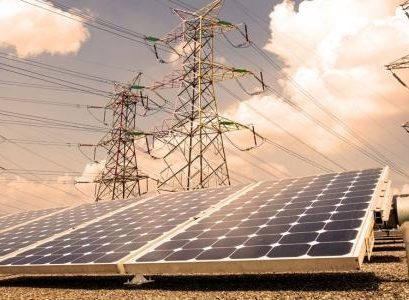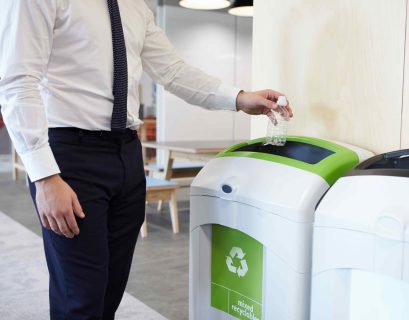In a world where energy consumption is a significant contributor to environmental issues, making our homes more energy-efficient is not only a responsible choice but also a smart one. An energy-efficient home not only reduces your environmental impact but also lowers utility bills and enhances overall comfort. In this article, we will explore practical and effective ways to make your home more energy-efficient.
1. Conduct a Home Energy Audit: Start your journey towards energy efficiency by conducting a home energy audit. This process involves identifying areas of energy wastage and inefficiency in your home. You can hire a professional or use online tools and guides to perform a basic audit yourself. Understanding your home’s energy usage patterns is the first step toward making targeted improvements.
2. Upgrade to Energy-Efficient Appliances: Consider replacing older appliances with energy-efficient models. Look for appliances with the ENERGY STAR label, indicating that they meet strict energy efficiency guidelines. This includes refrigerators, washing machines, dishwashers, and HVAC systems. While the initial investment may be higher, the long-term energy savings make it a worthwhile endeavor.
3. Optimize Heating and Cooling Systems: A significant portion of household energy consumption is attributed to heating and cooling. Ensure your HVAC system is well-maintained by changing filters regularly and scheduling professional inspections. Consider upgrading to a programmable thermostat that allows you to regulate temperatures based on your schedule, preventing unnecessary energy use when you’re not at home.
4. Improve Insulation: Adequate insulation is crucial for maintaining a comfortable indoor temperature and reducing the need for excessive heating or cooling. Check and upgrade insulation in walls, attics, and crawl spaces. Weatherstripping doors and windows is another cost-effective way to prevent drafts and heat loss.
5. Harness Natural Light: Maximize the use of natural light to reduce the need for artificial lighting. Keep curtains and blinds open during the day, and strategically place mirrors to reflect light throughout the room. Consider installing skylights or light tubes in areas that lack natural light.
6. Upgrade Lighting: Switching to energy-efficient lighting options, such as LED or CFL bulbs, can significantly reduce electricity consumption. These bulbs not only last longer but also emit less heat, contributing to a cooler indoor environment.
7. Install Energy-Efficient Windows: Upgrading to energy-efficient windows with double or triple glazing can improve insulation and reduce heat transfer. Look for windows with low-emissivity coatings to minimize heat loss in the winter and heat gain in the summer.
8. Seal Air Leaks: Seal gaps and cracks around doors, windows, and other openings to prevent air leaks. Use weatherstripping, caulk, or spray foam to seal these areas. Addressing air leaks helps maintain a consistent indoor temperature and reduces the workload on heating and cooling systems.
9. Consider Renewable Energy Sources: Explore the possibility of integrating renewable energy sources into your home. Solar panels, for instance, can harness the power of the sun to generate electricity. While the initial investment may be substantial, the long-term benefits in terms of reduced energy bills and environmental impact make it a sustainable choice.
10. Unplug Electronics and Use Smart Power Strips: Electronics and appliances continue to consume energy even when turned off (phantom energy). Unplug devices when not in use, or use smart power strips that automatically cut power to devices in standby mode.
11. Upgrade Water Heating Systems: Water heating is a significant energy consumer in homes. Consider upgrading to a more energy-efficient water heater, such as a tankless or solar water heater. Insulate hot water pipes and install low-flow faucets and showerheads to further reduce energy consumption.
12. Plant Shade Trees: Strategically planting trees around your home can provide natural shade, reducing the heat absorbed by your home during the summer. This, in turn, lessens the demand for air conditioning.
In conclusion, making your home more energy-efficient is a journey that involves a combination of small adjustments and strategic investments. While some changes may require an upfront investment, the long-term benefits in terms of energy savings and reduced environmental impact are well worth the effort. By adopting these practical measures, you not only create a more sustainable living space but also contribute to a greener and more energy-conscious future.


















